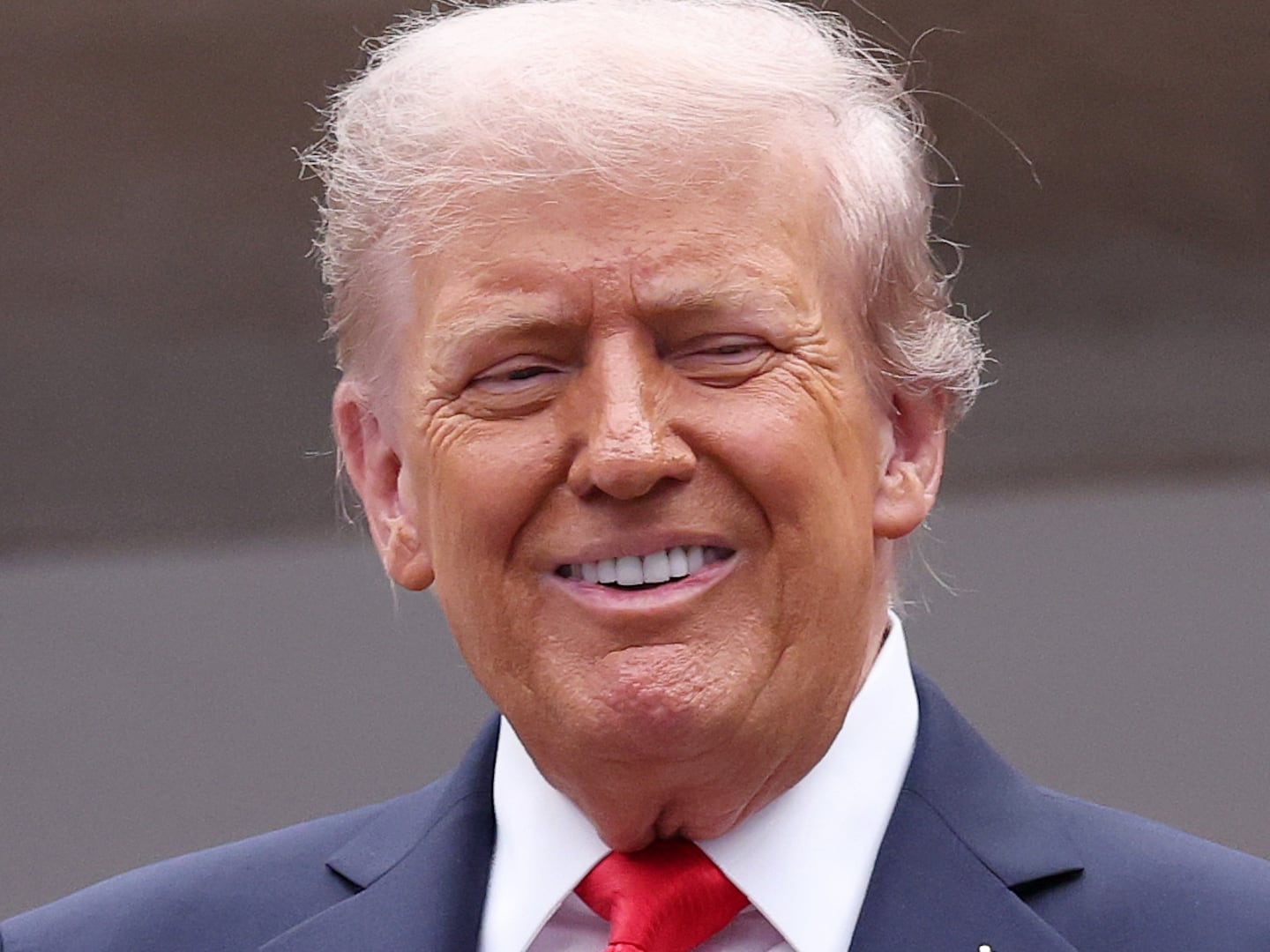Overdose deaths recently reached a record high)" href="https://urldefense.com/v3/__https://www.reuters.com/world/us/us-drug-overdose-deaths-top-109000-past-year-2023-06-14/__;!!LsXw!VO2Nle04e6LWCFsI5Qn4ju3EqoQz2E55_bfdPvs_DT7kx9j2vs9xO9mfJf5b6Nzj3vkVF17hJfNJ9nVEP4EFcgtDlNWC$">record high of 109,000 Americans, with roughly three-quarters)" href="https://urldefense.com/v3/__https://www.cdc.gov/nchs/nvss/vsrr/drug-overdose-data.htm__;!!LsXw!VO2Nle04e6LWCFsI5Qn4ju3EqoQz2E55_bfdPvs_DT7kx9j2vs9xO9mfJf5b6Nzj3vkVF17hJfNJ9nVEP4EFciK-kAzj$">three-quarters involving opioids and 90 percent involving illicit fentanyl. As a result, lawmakers have decided to rearrange the deck chairs on the Titanic, passing toothless laws that will make little difference in reducing harm.
Drug cartels make illicit fentanyl using several simple, readily available chemicals. As law enforcement cracks down on illicit fentanyl, it merely induces cartels to synthesize more potent analogs of fentanyl, called fentanyl-related substances (FRSs), which can be easier to smuggle in smaller sizes and subdivide into more units to sell.
One recent example is para-flourofentanyl, )" href="https://urldefense.com/v3/__https://www.acsh.org/news/2023/07/05/para-fluorofentanyl-new-old-monster-17174__;!!LsXw!VO2Nle04e6LWCFsI5Qn4ju3EqoQz2E55_bfdPvs_DT7kx9j2vs9xO9mfJf5b6Nzj3vkVF17hJfNJ9nVEP4EFcsFfe7-v$">para-flourofentanyl, which is increasingly found in combination with or in place of fentanyl.
This is what economists call the iron law of prohibition)" href="https://urldefense.com/v3/__https://filtermag.org/infographic-the-iron-law-of-prohibition/__;!!LsXw!VO2Nle04e6LWCFsI5Qn4ju3EqoQz2E55_bfdPvs_DT7kx9j2vs9xO9mfJf5b6Nzj3vkVF17hJfNJ9nVEP4EFcvL8PY5H$">the iron law of prohibition: the harder the enforcement, the harder the drug.
Recently, the U.S. House of Representatives passed the HALT Fentanyl Act)" href="https://urldefense.com/v3/__https://thehill.com/homenews/house/4020557-dozens-of-democrats-join-gop-in-passing-bill-on-fentanyl-related-drug-penalties/__;!!LsXw!VO2Nle04e6LWCFsI5Qn4ju3EqoQz2E55_bfdPvs_DT7kx9j2vs9xO9mfJf5b6Nzj3vkVF17hJfNJ9nVEP4EFclX6fHD-$">HALT Fentanyl Act, which would place all FRSs, including those not yet invented, on the list of Schedule 1 drugs, which means they have “no currently accepted medical use and high potential for abuse.” The bill awaits action in the Senate, and although its changes to the law may seem sensible, the legislation is, in reality, nothing but political theater.
It is not going to work any better in controlling FRSs than it has in controlling the 100-plus existing Schedule 1 drugs, three dozen of which are FRSs, already on the list. Others include heroin, marijuana, and psychedelics.
Furthermore, much like Schedule 1 classification hampered cannabis and psychedelics research, declaring as-yet-undiscovered drugs as having “no accepted medical use” may deprive people of crucial new drug innovations, such as analgesic drugs with improved efficacy, tolerability, and perhaps even a lower abuse potential.
Legal fentanyl has existed since the 1960s, and doctors widely use it for anesthesia and pain management. It is on the World Health Organization’s list of essential drugs. The Drug Enforcement Administration classifies)" href="https://urldefense.com/v3/__https://www.dea.gov/drug-information/drug-scheduling__;!!LsXw!VO2Nle04e6LWCFsI5Qn4ju3EqoQz2E55_bfdPvs_DT7kx9j2vs9xO9mfJf5b6Nzj3vkVF17hJfNJ9nVEP4EFcmkDjZ_D$">classifies fentanyl as Schedule II, meaning it has a medically approved use, but has a high potential for abuse. For years, doctors have safely used more potent fentanyl-related substances for anesthesia. These analogs, such as alfentanil, sufentanil, and remifentanil, are also Schedule II.
The HALT Fentanyl Act exempts those drugs, but not future discoveries.
Lawmakers haven’t yet accepted that they cannot repeal the iron law of prohibition any more than the universal law of gravitation)" href="https://urldefense.com/v3/__https://www.physicsclassroom.com/class/circles/Lesson-3/Newton-s-Law-of-Universal-Gravitation__;!!LsXw!VO2Nle04e6LWCFsI5Qn4ju3EqoQz2E55_bfdPvs_DT7kx9j2vs9xO9mfJf5b6Nzj3vkVF17hJfNJ9nVEP4EFcsq67lBw$">universal law of gravitation. For some time, we have been getting troubling reports)" href="https://urldefense.com/v3/__https://www.whitehouse.gov/wp-content/uploads/2023/07/FENTANYL-ADULTERATED-OR-ASSOCIATED-WITH-XYLAZINE-EMERGING-THREAT-RESPONSE-PLAN-Report-July-2023.pdf__;!!LsXw!VO2Nle04e6LWCFsI5Qn4ju3EqoQz2E55_bfdPvs_DT7kx9j2vs9xO9mfJf5b6Nzj3vkVF17hJfNJ9nVEP4EFcvuZpSPq$">reports of the veterinary tranquilizer xylazine)" href="https://urldefense.com/v3/__https://www.acsh.org/news/2022/10/12/tranq-monster-worse-fentanyl-16604__;!!LsXw!VO2Nle04e6LWCFsI5Qn4ju3EqoQz2E55_bfdPvs_DT7kx9j2vs9xO9mfJf5b6Nzj3vkVF17hJfNJ9nVEP4EFcir9UXmu$">xylazine—drug users call it “tranq)" href="https://urldefense.com/v3/__https://www.cato.org/blog/iron-law-prohibition-introducing-tranq__;!!LsXw!VO2Nle04e6LWCFsI5Qn4ju3EqoQz2E55_bfdPvs_DT7kx9j2vs9xO9mfJf5b6Nzj3vkVF17hJfNJ9nVEP4EFctYnJtKa$">tranq”—becoming an additive to fentanyl and other illicit narcotics. This tranquilizer greatly potentiates opioids’ effects, producing more powerful “highs.”
Likewise, in 2019, health departments in Europe, Canada, the United Kingdom, and the United States began seeing another class of synthetic opioids called nitazenes)" href="https://urldefense.com/v3/__https://www.cato.org/blog/nitazene-overdose-deaths-rise-iron-law-prohibition-cannot-been-repealed__;!!LsXw!VO2Nle04e6LWCFsI5Qn4ju3EqoQz2E55_bfdPvs_DT7kx9j2vs9xO9mfJf5b6Nzj3vkVF17hJfNJ9nVEP4EFcj1kD0HK$">nitazenes appearing in overdose toxicology screens. Last fall, the Tennessee Department of Health reported)" href="https://urldefense.com/v3/__https://www.cdc.gov/mmwr/volumes/71/wr/mm7137a5.htm?s_cid=mm7137a5_w__;!!LsXw!VO2Nle04e6LWCFsI5Qn4ju3EqoQz2E55_bfdPvs_DT7kx9j2vs9xO9mfJf5b6Nzj3vkVF17hJfNJ9nVEP4EFcoJwRtMQ$">reported that nitazene-related overdose deaths increased fourfold between 2019 and 2021.
Because most health departments have not been testing for nitazenes, public health officials don’t know how prevalent nitazenes are becoming among black market drugs. But don’t be surprised if, before long, Congress holds hearings about the “nitazene crisis.”
Lawmakers are right to want to do something that stops the alarming rise in overdose deaths. But adding one category of opioids to the list of Schedule 1 drugs is an exercise in futility. If lawmakers were serious, they would remove government obstacles that make it difficult or even illegal for harm reduction organizations to save lives in their communities.
This includes repealing or amending the federal “crack house statute” (21 U.S.C. Sec. 856), which blocks organizations from opening overdose prevention centers)" href="https://urldefense.com/v3/__https://www.cato.org/briefing-paper/overdose-prevention-centers-successful-strategy-preventing-death-disease__;!!LsXw!VO2Nle04e6LWCFsI5Qn4ju3EqoQz2E55_bfdPvs_DT7kx9j2vs9xO9mfJf5b6Nzj3vkVF17hJfNJ9nVEP4EFco0zLSq5$">opening overdose prevention centers. There are 147 government-sanctioned OPCs in 91 locations in 16 countries. Some have been operating since the mid-1980s. The federal ban makes the U.S. an outlier among developed countries.
States should repeal drug paraphernalia)" href="https://urldefense.com/v3/__https://www.cato.org/policy-analysis/drug-paraphernalia-laws-undermine-harm-reduction-reduce-overdoses-disease-states__;!!LsXw!VO2Nle04e6LWCFsI5Qn4ju3EqoQz2E55_bfdPvs_DT7kx9j2vs9xO9mfJf5b6Nzj3vkVF17hJfNJ9nVEP4EFclizrWcy$">drug paraphernalia laws that outlaw the equipment which drug users can use to test the drugs they bought on the black market for fentanyl and other contaminants. It also means removing government barriers)" href="https://urldefense.com/v3/__https://www.cato.org/blog/modernizing-opioid-treatment-access-act-good-step-right-direction-it-should-go-further-0__;!!LsXw!VO2Nle04e6LWCFsI5Qn4ju3EqoQz2E55_bfdPvs_DT7kx9j2vs9xO9mfJf5b6Nzj3vkVF17hJfNJ9nVEP4EFclMlDJ24$">removing government barriers to methadone treatment by allowing clinicians to treat patients in their offices—like everyone else with a health problem—thus expanding access to this proven addiction treatment.
If policymakers double down on the same prohibitionist policies they have employed for over 50 years, deaths from illicit drug overdoses will continue to rise. Doing the same thing repeatedly, with even more vigor this time, will only result in the appearance of more potent and dangerous drugs.
Jeffrey A. Singer, MD, practices general surgery in Phoenix, Arizona, and is a senior fellow at the Cato Institute. Josh Bloom, PhD, is director of chemical and pharmaceutical science at the American Council on Science and Health.










